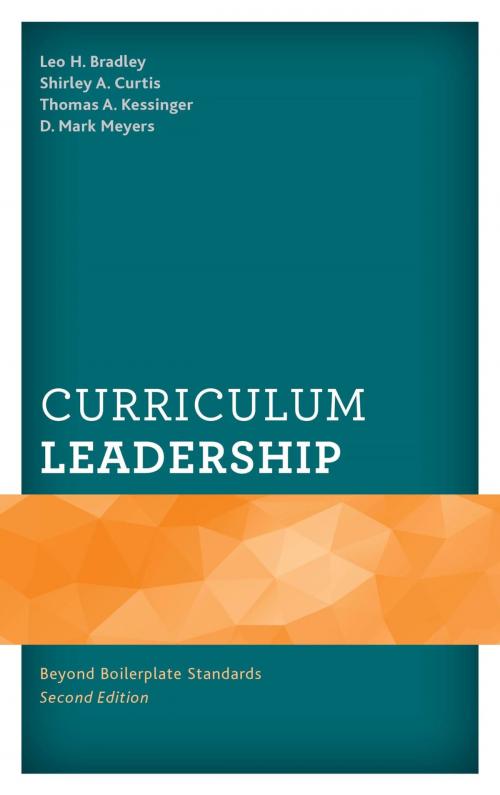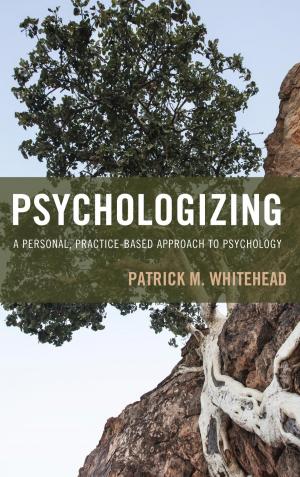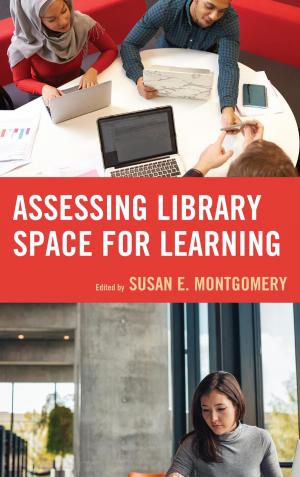Curriculum Leadership
Beyond Boilerplate Standards
Nonfiction, Reference & Language, Education & Teaching, Educational Theory, Curricula, Leadership| Author: | Leo H. Bradley, Mark Meyers, Shirley Curtis, Thomas Kessinger | ISBN: | 9781475840094 |
| Publisher: | Rowman & Littlefield Publishers | Publication: | December 6, 2017 |
| Imprint: | Rowman & Littlefield Publishers | Language: | English |
| Author: | Leo H. Bradley, Mark Meyers, Shirley Curtis, Thomas Kessinger |
| ISBN: | 9781475840094 |
| Publisher: | Rowman & Littlefield Publishers |
| Publication: | December 6, 2017 |
| Imprint: | Rowman & Littlefield Publishers |
| Language: | English |
This 2nd edition presents strategies and answers questions, based on research and best practices, on how to develop curriculum and instruction, from philosophical base through assessment, to ensure excellence in curriculum beyond boiler plate standards. Current vocabulary describes this process as Value Added. However, since the current political paradigm requires school systems to map the curriculum to state and national assessments, attention is also given to curriculum mapping, pacing guides and other contemporary strategies designed to meet common cores, and other accountability issues. The book provides a process for school systems to follow in order to maximize teacher expertise and involvement, which creates the highest level of ownership and responsiveness from those charged with instruction and assessment. The text is a platform to encourage and enable school systems and universities to lead curriculum, instruction, and assessment that addresses, but goes beyond boiler plate standards, moves away from “teaching to the test,” and toward critical thinking, innovative thinking, and maximizing student potential.
This 2nd edition presents strategies and answers questions, based on research and best practices, on how to develop curriculum and instruction, from philosophical base through assessment, to ensure excellence in curriculum beyond boiler plate standards. Current vocabulary describes this process as Value Added. However, since the current political paradigm requires school systems to map the curriculum to state and national assessments, attention is also given to curriculum mapping, pacing guides and other contemporary strategies designed to meet common cores, and other accountability issues. The book provides a process for school systems to follow in order to maximize teacher expertise and involvement, which creates the highest level of ownership and responsiveness from those charged with instruction and assessment. The text is a platform to encourage and enable school systems and universities to lead curriculum, instruction, and assessment that addresses, but goes beyond boiler plate standards, moves away from “teaching to the test,” and toward critical thinking, innovative thinking, and maximizing student potential.















